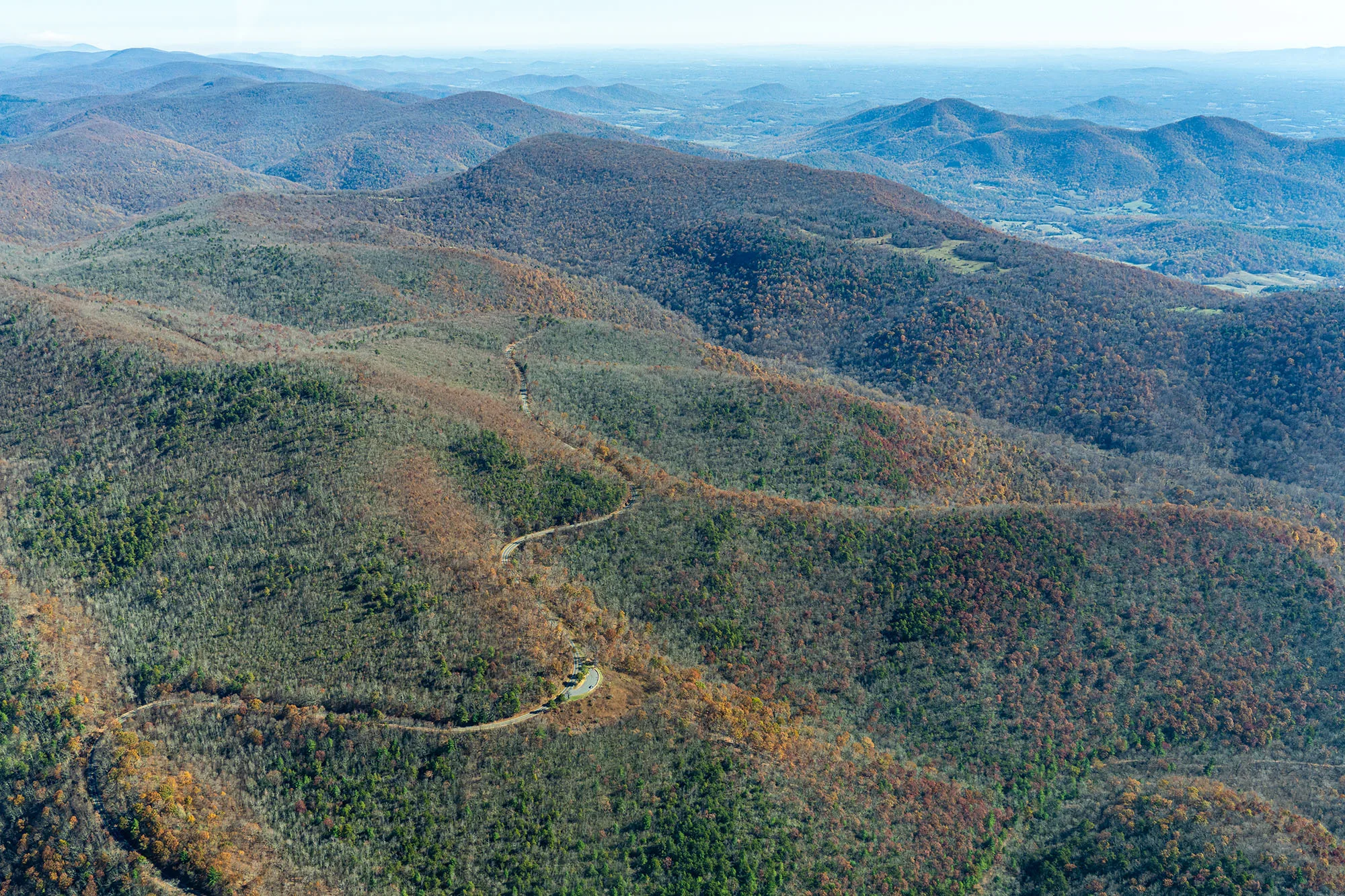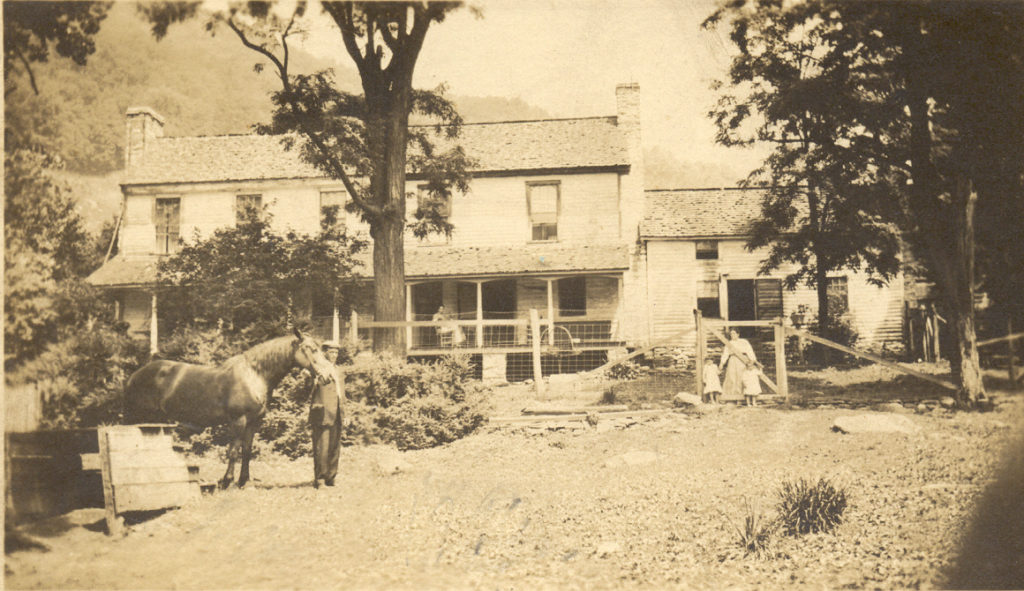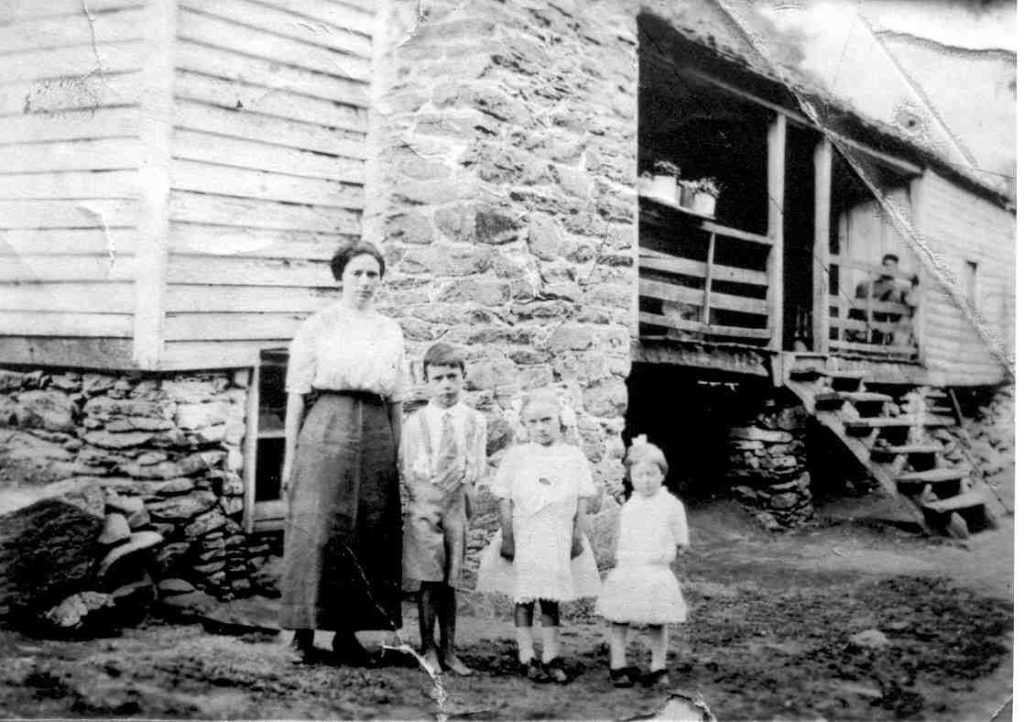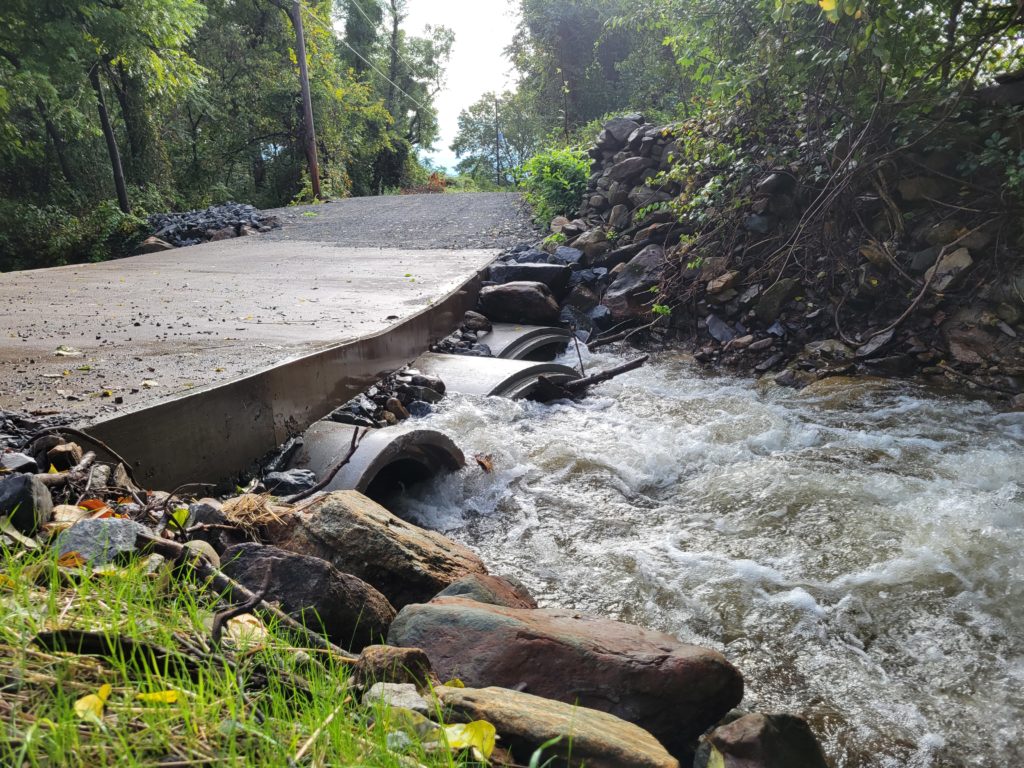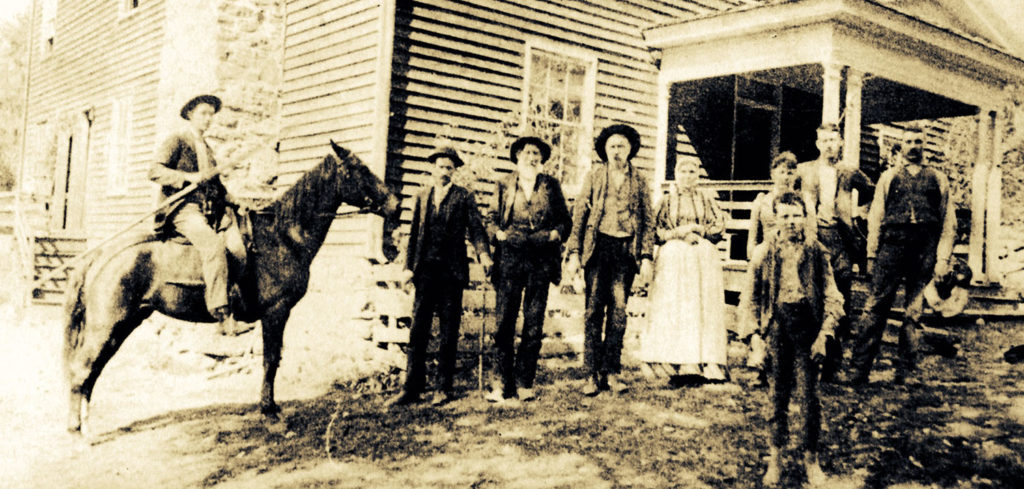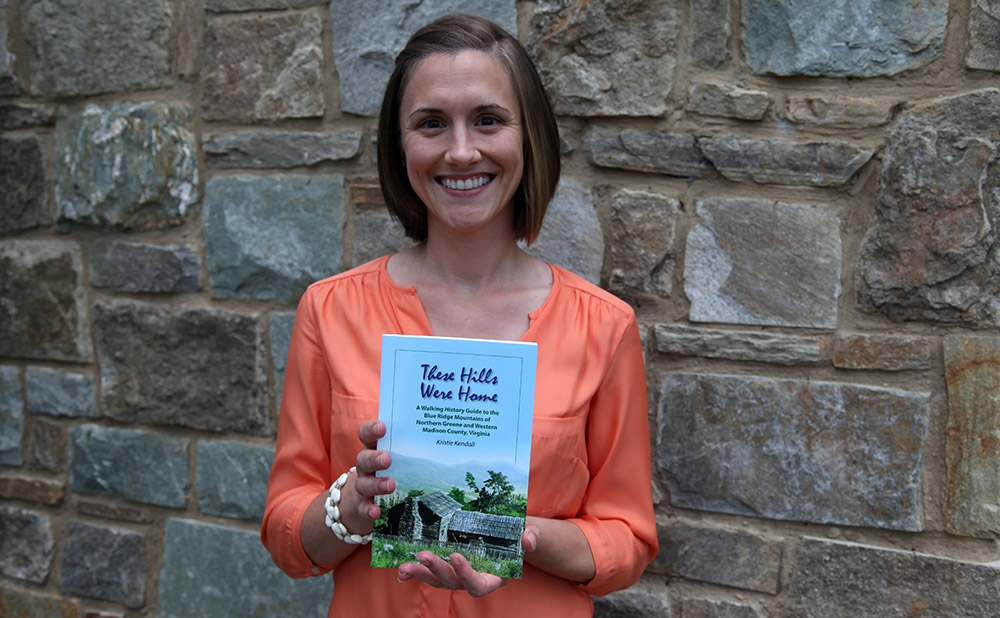The following text was sent out via email on December 20, 2023. Sign up for PEC email alerts →
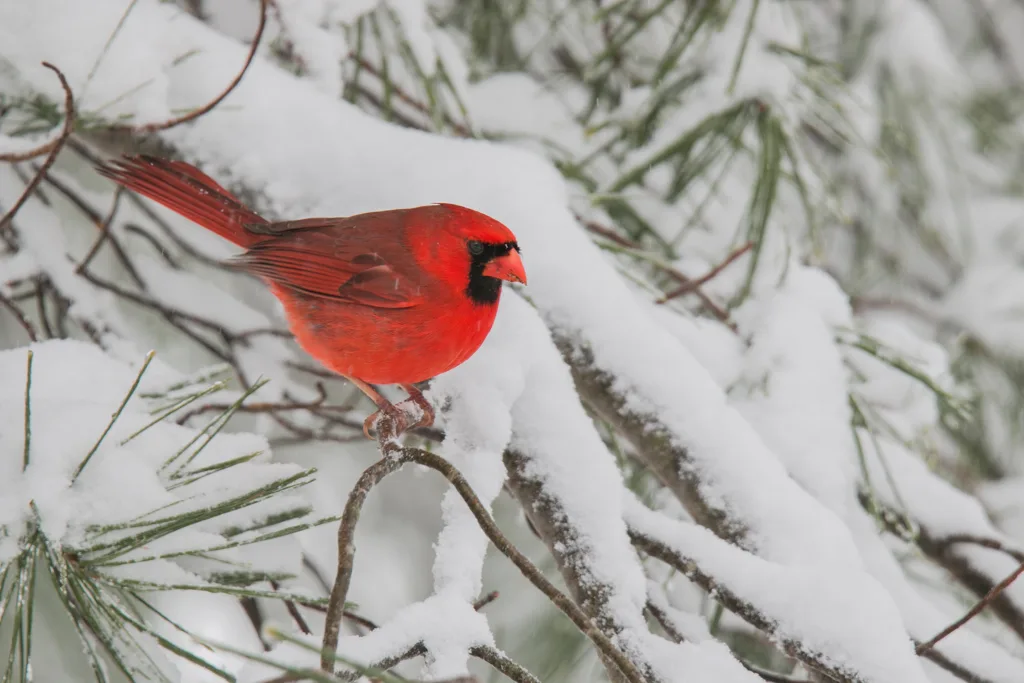
Dear Supporter,
We hope you will soon be logging off and, like the black bears and chipmunks, taking a winter reprieve. Whether you are hibernating at home in the Piedmont or migrating south or somewhere else for the winter, we wish you a happy holiday season.
Before you go, we’re happy to share with you a few major conservation, land use, and trails updates worth celebrating, plus some impactful projects we’ll be focused on in 2024 and beyond. We hope you’ll support our efforts in the new year by becoming a member as we continue to work towards our mission of protecting and restoring the lands and waters of the Virginia Piedmont, while building stronger, more sustainable communities.
Protecting the Southern Shenandoah Borderlands
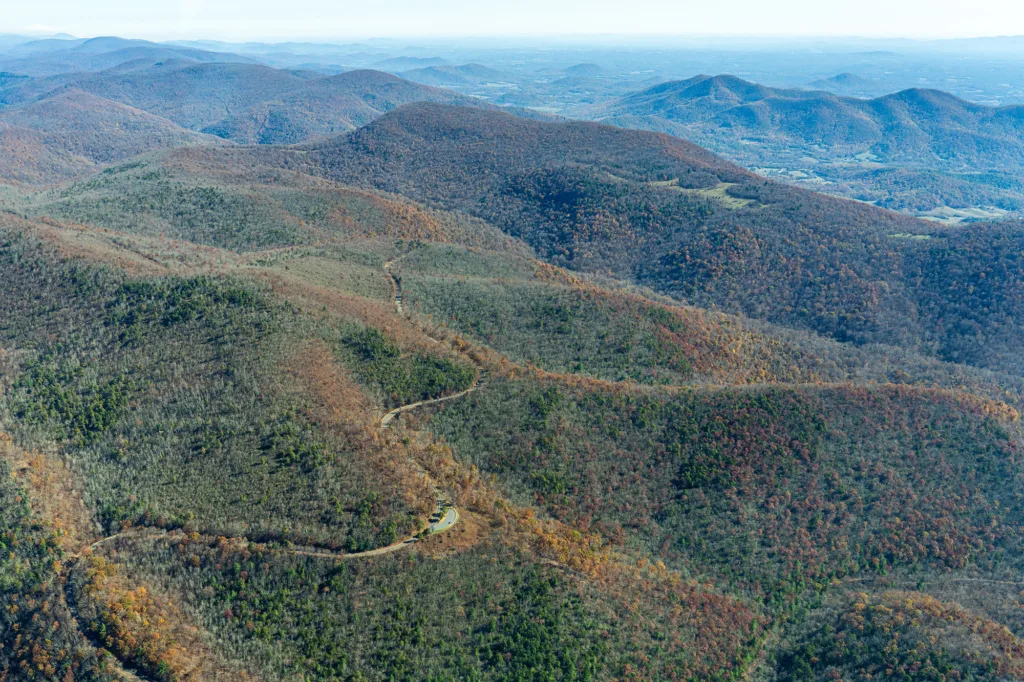
For the past several years, we’ve been developing a landscape-scale forestland conservation project by working with multiple landowners adjacent to Shenandoah National Park in Albemarle County. This spring, that project was awarded grant funds through the federal Forest Legacy Program, which will help us permanently protect over 4,300 acres adjacent to the park.
Now, we’re working hard to take the project a step further to conserve more land by applying for a second round of Forest Legacy funding. If the grant is awarded, we can add 767 more acres of permanently protected forestland along this boundary of Shenandoah National Park, bringing the total to over 5,000 acres conserved.
This work to expand the landscape of protected lands in the Appalachian corridor is a national and global conservation priority, with implications for climate resiliency, watershed protection, biodiversity conservation, and additional scenic and recreational public benefits.
AC44 Continues with Win for the Rural Area
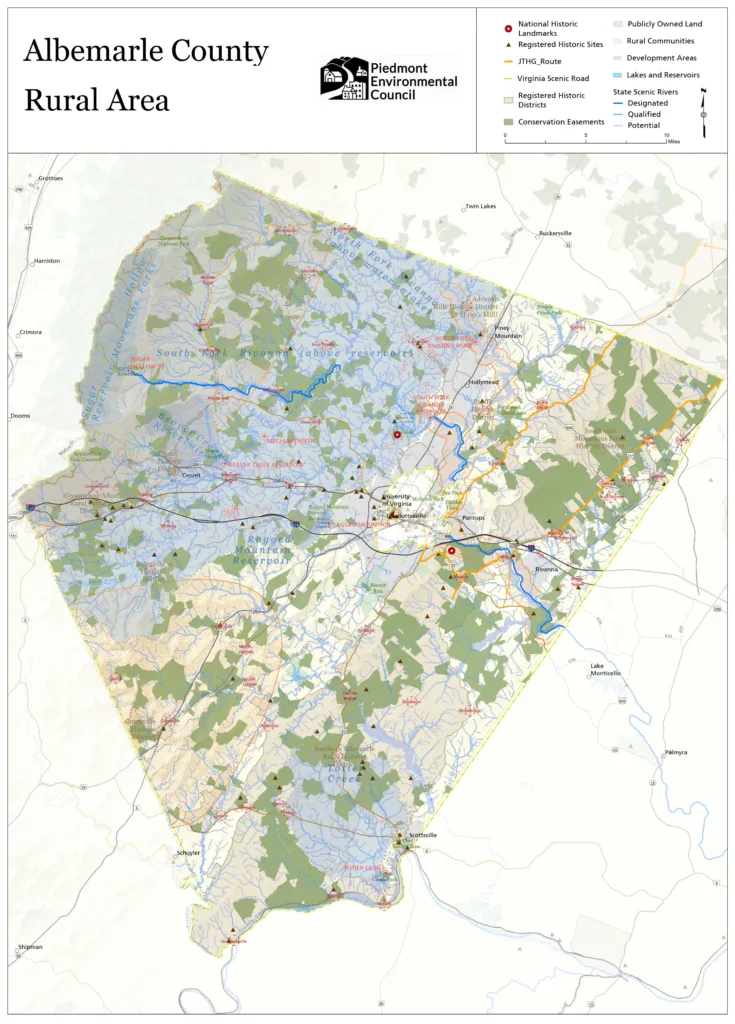
In our last email about Albemarle County’s Comprehensive Plan update, we told you that we are fervently advocating for seven recommendations to be adopted into the current draft. In a major first step, and after a year of effort and community engagement, the County has made a change that aligned with our first recommendation! There will be a dedicated chapter for rural area planning, which brings it in line with widely held public opinion that Albemarle’s agricultural and natural landscapes, as well as the unique rural communities that exist there, are worth conserving.
Three decades of community survey results and recent feedback specifically related to the AC44 Comprehensive Plan have consistently revealed, with great clarity, that a majority of Albemarle residents highly value and want to prioritize the County’s Rural Area.
Planning will continue through 2024, with opportunities for citizens to voice their concerns and opinions throughout. This plan impacts every aspect of life in the County and will serve as the guidelines for decisions that are made about the community in the future. Stay up to date by signing up for AC44 updates.
New Signs Show Fifeville’s Changing Landscape
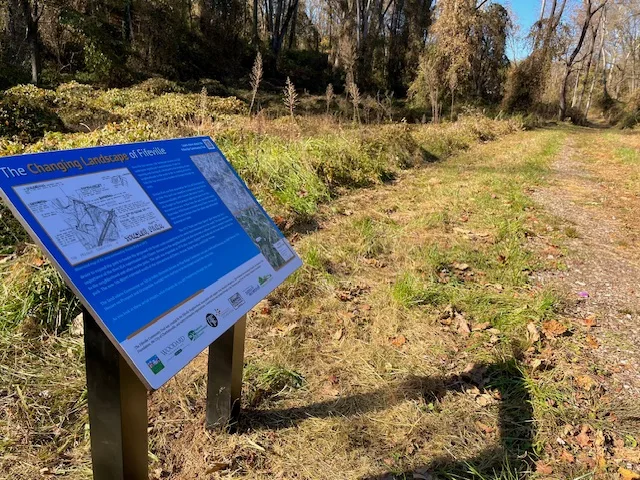
Charlottesville is layered with rich and complicated history. Evidence of ways the landscape has changed is visible along the Fifeville Community Trail, and some of its stories are now highlighted by two new interpretative signs that PEC produced with support from the Virginia Outdoors Foundation. These signs combine our community partners’ careful archival research with resident interviews in a beautiful, easily understood format.
One of the signs reveals that what is now a green oasis was once an industrial operation (a brick manufacture). The other shows how Fifth Street was relocated and enlarged during Urban Renewal. That led to both an expanded park and the loss of several homes. This happened during the lifetime of many area residents and we believe it important that stories like these be memorialized.
The Fifeville Trail is truly the fruit of community leadership — and of their sweat equity. Speaking of which, we hope you’ll join a community work party, led by the Rivanna Trails Foundation and PEC, to maintain and improve the trail on Saturday, Jan. 13 at 9 a.m. at Tonsler Park.
Looking Ahead to 2024
PEC is vigilantly looking toward the future in our work, in preserving the land, the intentional planning of towns and communities, and using our knowledge of land use and environmental threats within our region to anticipate what lies ahead locally, in our nine-county service area, and in other regions of the Commonwealth.
Data Centers
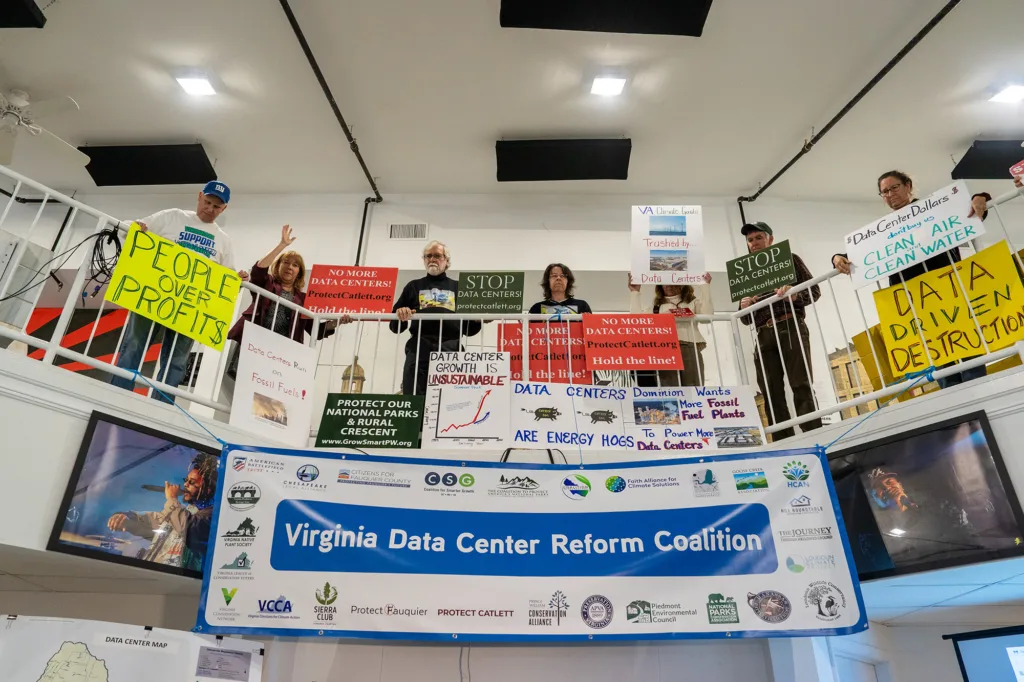
In the Virginia Piedmont, one looming threat is the proliferation of data centers — the physical structures that store the digital world — and the energy infrastructure they will require. The explosive growth of the data center industry represents a major challenge to achieving a clean energy future as they require extraordinary amounts of power and utilize dozens of back up diesel generators per building. The massive buildings and associated electrical infrastructure also place a heavy burden not only on our land, water, and community resources but also will impact the electric bill of Virginia ratepayers as transmission lines and generation facilities are folded into everyone’s bills.
To serve exploding data center demand in Dominion’s utility area, the electrical transmission grid operator, PJM, has moved a plan to expand an existing transmission line running through Albemarle County and Charlottesville forward. Dominion will assess its final engineering and design and then the Virginia State Corporation Commission will likely approve it. In light of this, PEC will be holding a Energy Infrastructure and Data Center Community Meeting to share more about data centers and their impacts on energy demand and land use in late January.
Rivanna Futures
Albemarle County is acquiring 462 acres of land along the east side of Route 29 North adjacent to Rivanna Station, the home of three federal defense intelligence agencies, with the goals of retaining those Department of Defense installations and expanding the private defense sector in the community – called Rivanna Futures.
An initiative with such goals will most certainly have major land use, transportation, and infrastructure implications for the County and its residents, especially for the eight-mile stretch of U.S. 29 going up to the southern edge of Greene County. As we learn more about the Rivanna Futures project, we will continue to update you on ways to advocate for smart growth and resource protections.
Virginia’s Research Triangle
Last but not least, following last week’s groundbreaking for U.Va’s Manning Institute for Biotechnology, Governor Youngkin announced that a network of research institutions will be established between the University in Charlottesville, Virginia Tech’s Fralin Biomedical Research Institute at VTC in Roanoke, and Virginia Commonwealth University’s Medicines for All Institute. The announcement emphasized the desire for increased commercialization between the three cities, similar to North Carolina’s Research Triangle. We’ll be focused on the wider implications for land use, smart growth planning, transportation, infrastructure, and natural resources in our community in the coming months and years.
Contributions like yours make our work in Albemarle and Charlottesville possible. Give the gift of membership this holiday season, become a monthly sustaining member or donate today to support the protection, restoration, and planning work of our locally-based staff.
Thank you! Until next year,
Faith Schweikert
Communications & Policy Fellow
fschweikert@pecva.org
(434) 977-2033 x7026

